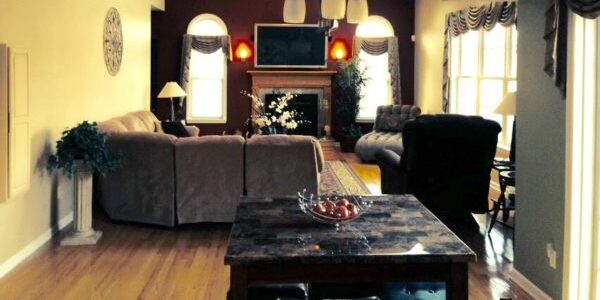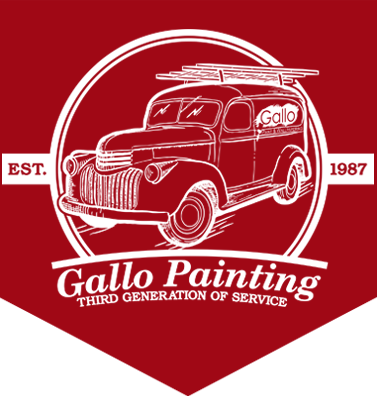
Four tips for removing wallpaper
Are you ready to start tearing out your old wallpaper? Perhaps by now you’re ready to start tearing your hair out instead. Removing wallpaper is an historically daunting process; it’s wet, it’s messy, and it’s not easy. And different types of wallpaper will need different methods for removal. It’s easy to get frustrated and lose patience with the job of removing wallpaper, but the job demands patience. Without careful handiwork and attention to detail, the wallpaper removal process can damage your walls and leave you with a bigger mess on your hands than the wallpaper was hiding in the first place.
Protect
Part of the process of wallpaper removal is to soften and dissolve the glue, or wallpaper paste, which keeps the paper on the wall. It requires a lot of water to soak the paper thoroughly and permeate the paper to reach the glue, so be prepared for some messy puddles at your feet. Use plastic drop cloths to protect your floors or carpet, and tape the plastic above the baseboards of the wall you’re working on. This way, the gluey liquid will flow down the wall and onto the plastic drop cloth. Old towels spread along the bottom of the wall and on top of the drop cloth will prevent puddles.
Pull
Most wallpaper is not one sheet but are plies of paper, particularly the outward facing surface—the design side—of the paper. This outer surface may be a plastic overlay that can be peeled away from the wall and leave the lower layers of paper behind. This works well in that removing the top layer more effectively exposes the raw paper (and the glue) underneath to the water. You can use a scoring tool specially made for wallpaper removal to shred the surface of the paper, which will help the water sink in and dissolve the paper and the glue.
BTW: Use the hottest water you can stand when wetting down wallpaper for removal.
Scrape
When the wallpaper has been saturated and the glue begins to dissolve, start scraping. Use a wide putty knife to gently scrape away at the soft goo and scoop it from the surface of the wall. Keep a rag handy to wipe down the blade as to keep it from getting sloppy. Use care when scraping with a metal putty knife so as not to gouge the wall surface. Plaster walls are more resilient to water and scraping than wallboard is. Wallboard has a paper covering on it that can become saturated along with the wallpaper, and that’s when you have more problems than your wallpaper.
Swipe
Wiping down the walls with a clean rag once the paper is off the wall is key to removing any glue, paper pulp, etc. that may remain after the messy stuff is done. Your wall will betray an inattention to this step after it is painted or papered. Minor imperfections of the wall surface will only become more visible when the new paint is dry; bumps and dents will show under the newly hung wallpaper. Proper prep before paint or paper is an axiom to remember for success.
Redecorating is a fun and creative way to brighten the spaces around you. Removing wallpaper is messy and challenging. Gallo Paint works on painting and wallpaper jobs big and small with the knowledge and attention to detail that ensures success.
Don’t be part of the wallpaper removal process problem. Get yourself a professional like Gallo Paint to provide solutions.








